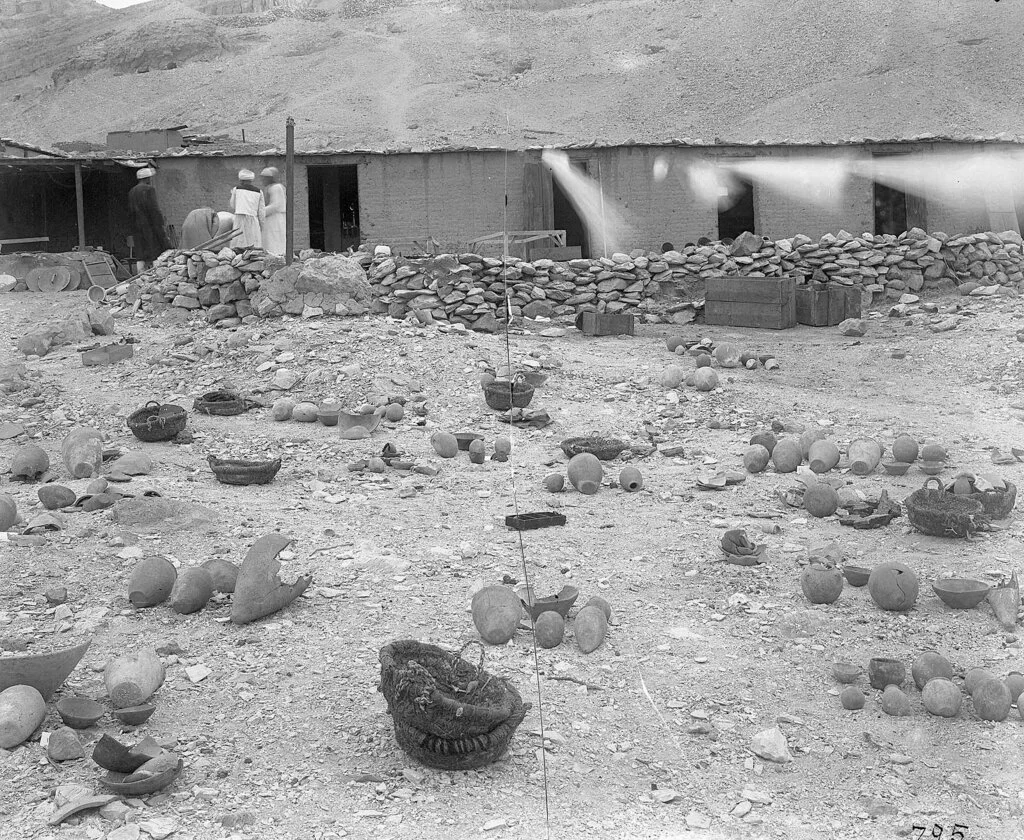Constructing Space and Place: Early 20th century Mapping Practices at the Predynastic Cemetery of Mesa'eed
A VIRTUAL LECTURE BY
MARTIN UILDRIKS
Ph.D. Candidate, Brown Univesity
Archaeological research results in large quantities of documentation and the study of that documentation is slowly emerging as a field of study in its own right: what can we learn from archaeological archives about the practice and practitioners of archaeology in the past? The Museum of Fine Arts (MFA) in Boston is a particularly fruitful ground to examine archaeological epistemologies--what was thought possible to know--through the eyes of George Andrew Reisner. In the first half of the 20th century, Reisner brought tens of thousands of amazing artifacts from Egypt to the MFA, and after his death an exorbitant amount of documentation followed. This documentation details where many artifacts came from, but also reveals aspects of predominant methods and theory at the time.
In this paper I examine a small selection of data on map-making from the archaeological archive of Mesa'eed, an unpublished Predynastic cemetery in the Naqada heartland. Excavations at Mesa'eed took place in 1901, 1910 and 1913, and has left an archive that is remarkable for its completeness: while no complete map of the cemetery was made, the archive now provides a rare opportunity to do so and in the process examine how Predynastic cemeteries were mapped a century ago, before modern technology, in the early 20th century. Constructing a map of Mesa'eed then not only allows further study of the cemetery's remains, but also reconnection with current academic discourse that has recently begun to address tensions between mapping practices and indeed questions of epistemology.
This virtual lecture will be presented via ZOOM.
Registration is required.
CLICK HERE TO REGISTER
Please note that in the event that the Zoom attendance limit is reached, preference will be given to ARCE-New England Chapter members.

